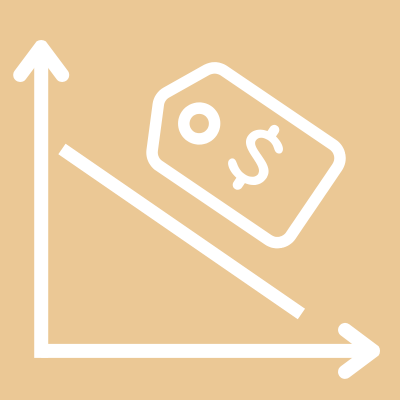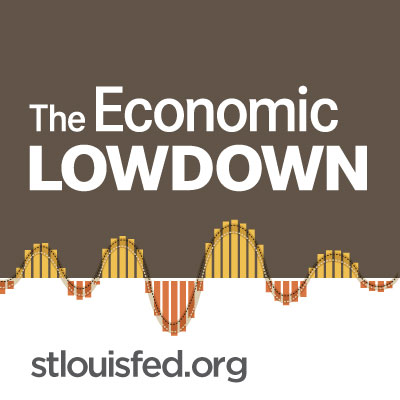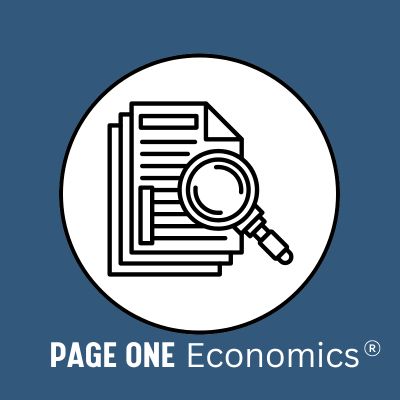Demand
Describe the demand side of the market.
{{searchResultSnippet}}
 Back to All
Back to All

This video assignment provides an overview of what price elasticity of demand is and how it is measured. Learn what factors influence elasticity, and discuss some common applications of the concept.
The word “elasticity” is commonly used to describe things that have a stretchy quality to them. Rubber bands are elastic and have a stretchy quality to them. But just how elastic are rubber bands?
One way to answer that question is by stretching a rubber band across your finger and shooting it across the room. However, to an economist, the elasticity or stretchiness, of rubber bands can have a whole other meaning. An economist would be referring to something called the price elasticity of demand and probably wouldn’t be too focused on the elastic quality that propels a rubber band off your finger.
The law of demand tells us that when the price of a good or service rises, consumers tend to buy less of it. Likewise, when the price of a good or service falls, consumers tend to buy more of it.
However, the law of demand does not tell us how much more or less consumers tend to buy. For some goods, the quantity demanded stretches a lot when the price changes: for others, not so much.
That’s where the price elasticity of demand comes in. It is a measure of how sensitive, or responsive, consumers are to a change in price.
Note to self: When you see the word elasticity in economics, think “responsiveness”.
For any given good or service, the price elasticity of demand measures how much the quantity demanded by consumers responds to a change in the price of that good or service.
So a good that is price elastic has a very stretchy quantity response when there is a change in price. In economic terms, the quantity demanded is very responsive when there is a change in the price of that good.
What do I mean by “very responsive”? Well, if the percent change in the quantity demanded is greater than the percent change in the price, economists label the demand for the good as elastic. Quantity demanded changes a lot relative to the change in price. It’s stretchy.
For example, if the price of a good increases by 10 percent and the quantity demanded of that good decreases by 20 percent, that good is said to have elastic demand. The quantity demanded has stretched a lot relative to the change in price. In such a case, consumers are considered sensitive, or responsive, to a change in the price of that good.
On the other hand, a good that is price inelastic does not have very stretchy demand -- the quantity demanded is not very responsive when there is a change in price.
What do I mean by “not responsive”? If the percent change in quantity demanded is less than the percent change in price, economists label the demand for the good as inelastic. Quantity demanded doesn’t change a lot relative to the change in price. It’s not stretchy.
So, if the price of a good increases by 10 percent and the quantity demanded decreases by only 5 percent, that good is said to have inelastic demand. The quantity demanded does not stretch much relative to the change in price. In this case, consumers are not considered very sensitive, or responsive, to a change in the price of that good.
There’s another possible combination. If the percent change in a good’s price is offset by an equal percent change in the quantity demanded, economists would label the demand for that good as unit elastic. So if a price of a good increases by 20 percent and the quantity demanded decreases by 20 percent, the demand for that good is considered unit elastic.
Pop Quiz Time! Let’s see how well you do at determining if the good is elastic or inelastic.
#1 The price of black high-top basketball shoes increases by 10% and the quantity demanded decreases by 20%. Are black high-top basketball shoes elastic or inelastic? The answer is: Demand is Price Elastic. Why? The percent change in the quantity demanded is greater than the percent change in the price. Demand is stretchy.
#2 If the price of natural gas increases by 10% and the quantity demanded decreases by 5%. Is natural gas elastic or inelastic? The answer is: Demand is Price Inelastic. Why? The percent change in quantity demanded is less than the percent change in price. Demand is not very stretchy.
But why is are athletic shoes more elastic than natural gas? Several factors can influence whether a good or service is elastic or inelastic. In part two we’ll discuss the four primary factors of elasticity of demand.

Demand
Describe the demand side of the market.

Supply & Demand: How Do Markets Determine Price?
Learn about the basics of supply, demand, and market equilibrium.

Entrance and Exit Tickets for a General Economics Classroom
Short formative assessments for the general economics classroom.

Econ Lowdown Podcast Series
21 Economics audio assignments for your classroom

Sold Fast: Price Tags and the Impact on Consumer and Producer Surplus
Introduce the concepts of producer and consumer surplus and the role of price tags in decision-making.

Supply & Demand: How Do Markets Determine Price?
Learn about the value of saving, investing, and the Rule of 72.
{{resourceTitle}}
{{resourceBlurb}}